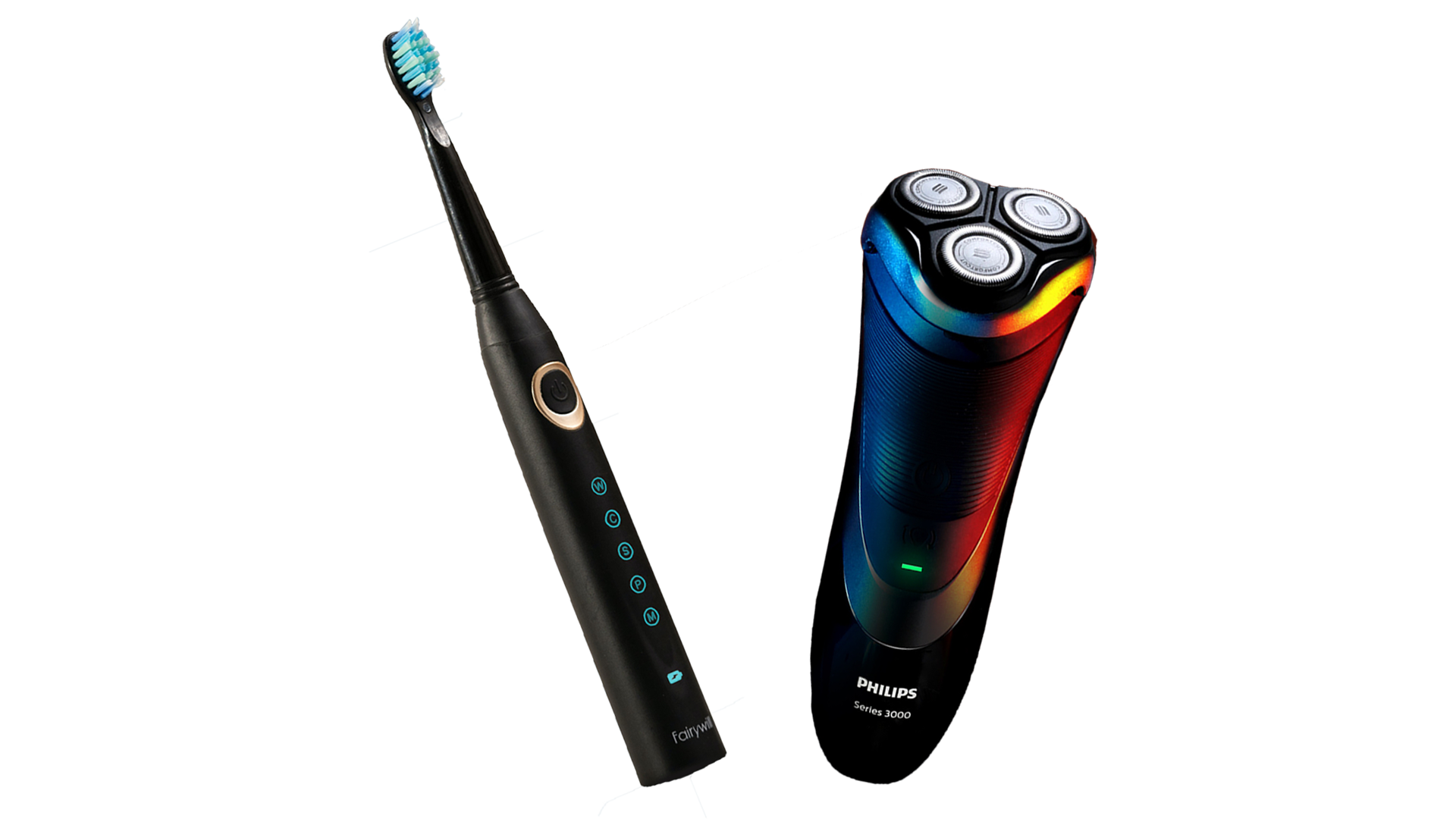These Everyday Objects were designed for accessibility
August 2021
We use them every day, but did you know these products were originally designed for accessibility?
The Keyboard
Inspired by a countess losing her vision, in 1860, one of the early iterations of the typewriter was designed by an Italian inventor. This device enabled the countess to continue participating in social activities such as letter writing. Thanks to the evolution of the typewriter, we now have the keyboard!

Flex-Straws
A controversial product, straws have faced ridicule in recent years. But did you know, in the 1940s, Flex-Straws were invented as a device to help disabled and injured patients in hospitals? Today, many people with physical disabilities rely on this simple utensil for survival.
Eyewear
Wearing glasses has become a normalized part of society, but that wasn’t always the case. The development of eyewear as we know it today evolved over centuries as a corrective solution to several vision conditions. A staple of modern fashion, many people would be rendered visually impaired without their prescription glasses.

Automatic Faucets
Automatic Faucets were developed in the 1950s and made a commercial debut in the late 1980s as a solution for individuals with physical disabilities. Today, these devices are standard practice in hospitals, airports, restaurants, and other public spaces. Alongside their accessibility comes environmental and public health benefits.
Electric Toothbrush and Shaver
Designed by different inventors, the electric toothbrush and shaver were developed for people with limited motor ability in the early 1900s. Almost a century later, these items are found within most homes in North America.

Can you think of other everyday products that improve accessibility? Join the conversation, find us on Instagram.


